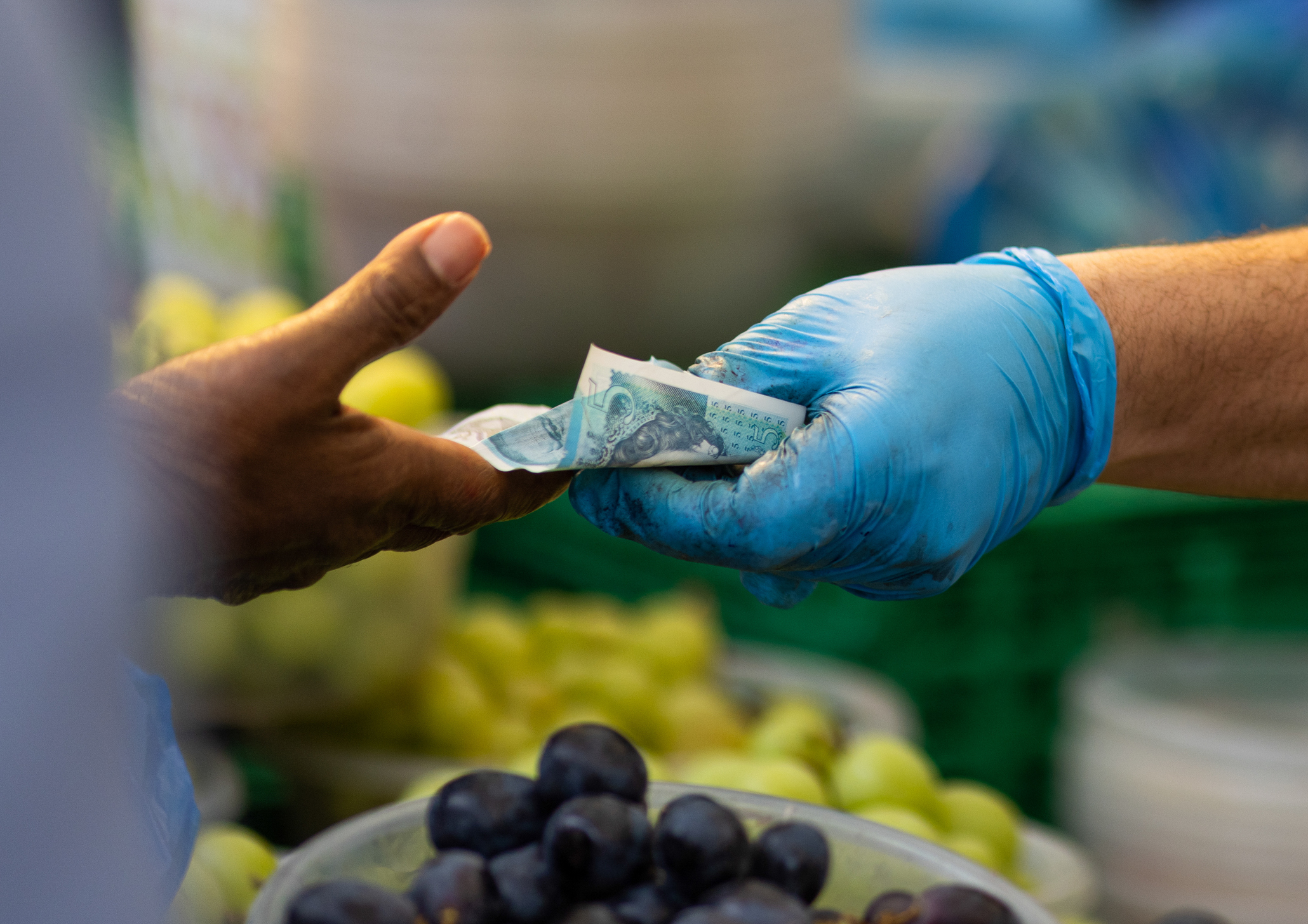A punt on the “Dogs of the Dow”
Simplicity is a virtue when it comes to investment strategies – and they don’t come much simpler than the “Dogs of the Dow”. Matthew Partridge explains what it is and how it works.

Simplicity is a virtue when it comes to investment strategies and they don't come much simpler than the "Dogs of the Dow", first outlined by asset manager Michael O'Higgins in his 1991 book, Beating The Dow. Put equal sums into the ten highest-yielding stocks in the Dow Jones index at the start of the year. Hold for a year, sell up, then repeat.
Two key assumptions underlie the approach. Firstly, that big blue-chip Dow stocks are unlikely to cut their dividends, so the downside risk is limited. Secondly, that dividend yields are a better measure of value than earnings. Earnings can be manipulated, but it is hard for a company consistently to pay out more than it can afford. In the 2000 edition of the book, O'Higgins argues that the strategy would have returned 18% a year from 1973 to 1998, compared with 13% from the market.
MoneyWeek
Subscribe to MoneyWeek today and get your first six magazine issues absolutely FREE

Sign up to Money Morning
Don't miss the latest investment and personal finances news, market analysis, plus money-saving tips with our free twice-daily newsletter
Don't miss the latest investment and personal finances news, market analysis, plus money-saving tips with our free twice-daily newsletter
"Dogs returned 7.9% a year between 2000 and 2015, beating the Dow and S&P 500. Small Dogs did even better"
However, there are a few caveats. Firstly, the best returns did not come from the highest-yielding stocks (those in the tenth decile), but from those just below this category (in the eighth and ninth deciles). That highlights the risk that a very high yield may reflect the risk of a pending future dividend cut. Secondly, in the years between 1990 and 2006, the best stocks had high yields but also low payout ratios in other words, dividends were sustainable and had room to grow.
Also bear in mind that this is a "value" strategy, and that has been out of favour compared with growth for some time. The Dogs struggled to keep up with the wider market during the 1990s tech bubble another period when growth was in favour. Fashions may change, but you might have to be patient while you wait for value to come back into vogue.
Get the latest financial news, insights and expert analysis from our award-winning MoneyWeek team, to help you understand what really matters when it comes to your finances.

-
 Why UK investors are backing British stocks in 2026
Why UK investors are backing British stocks in 2026The UK stock market may be lacking fashionable technology shares but investors are keen to buy British next year
-
 UK inflation live: did inflation fall in November?
UK inflation live: did inflation fall in November?The ONS releases inflation data for November tomorrow (17 December). Has inflation continued its downward trend?